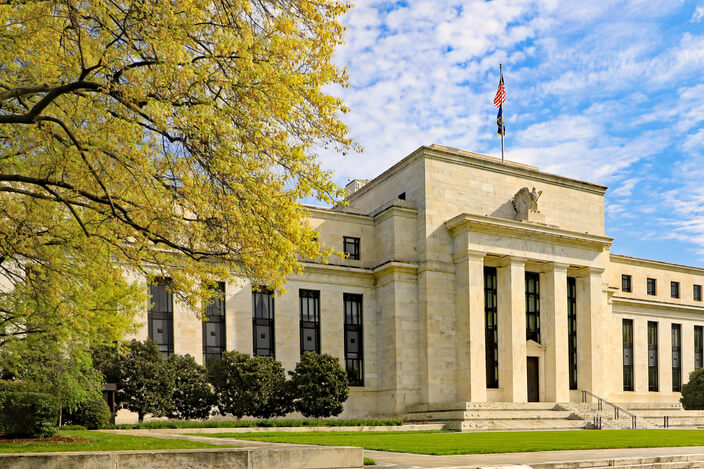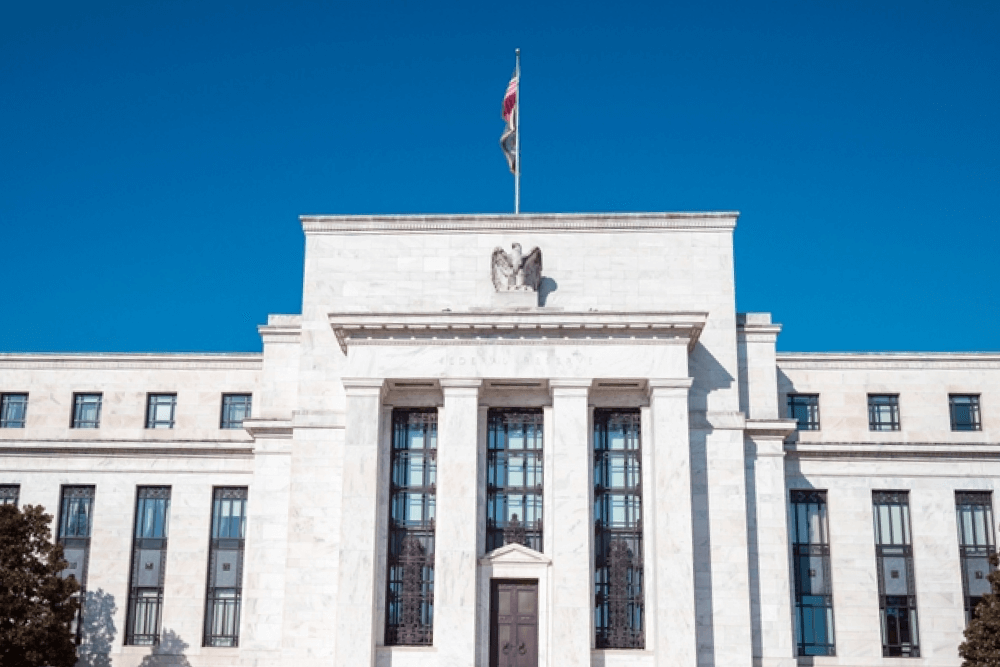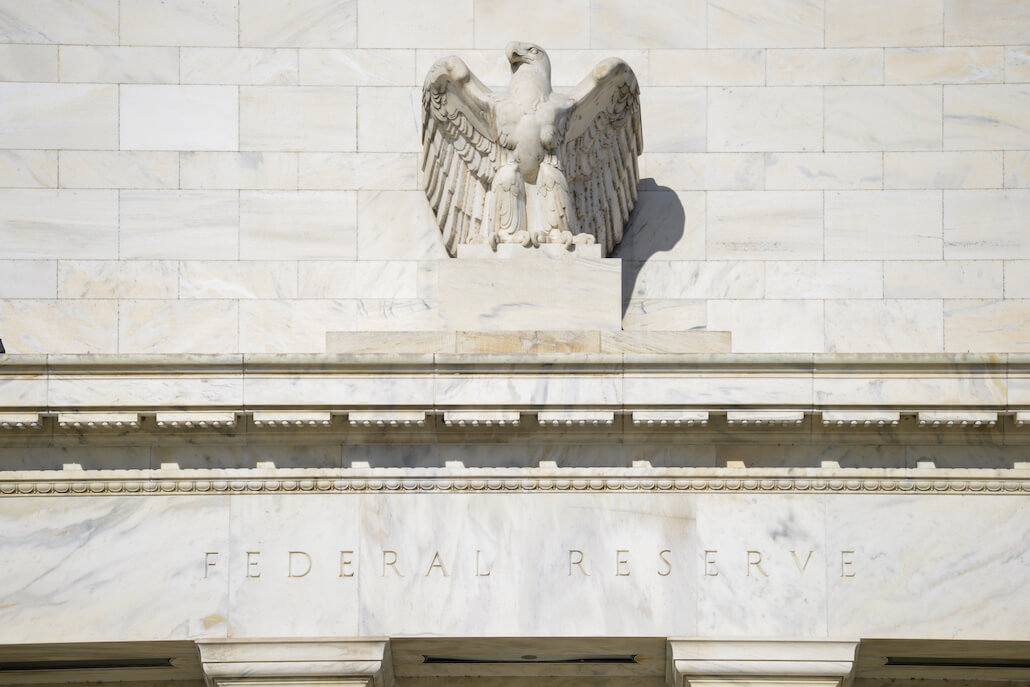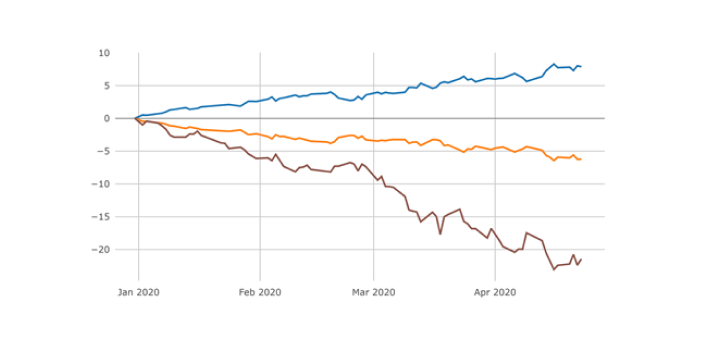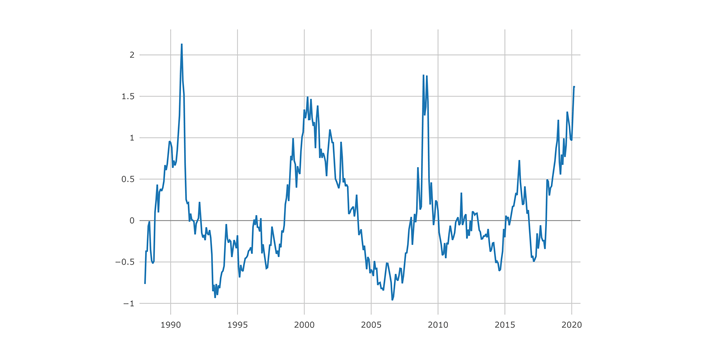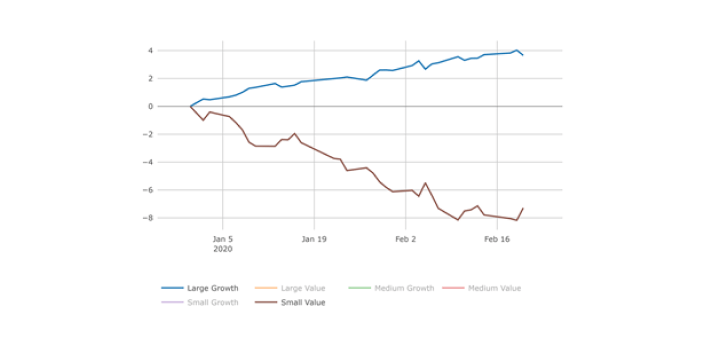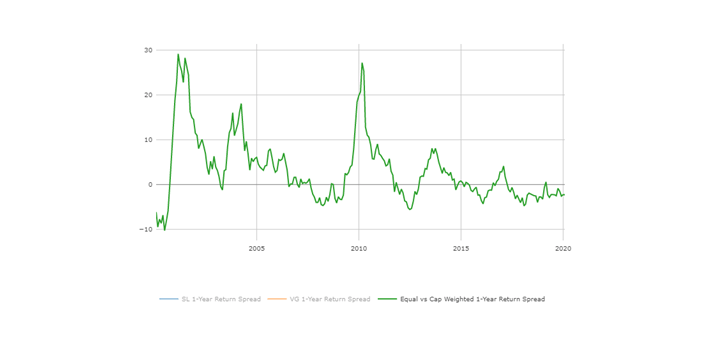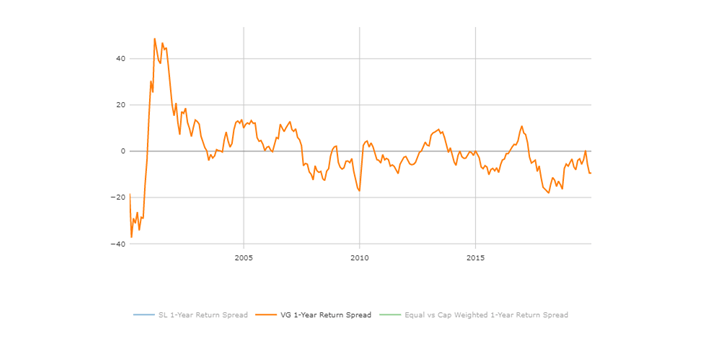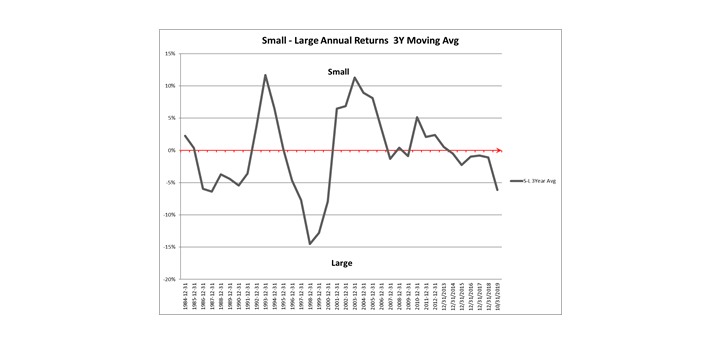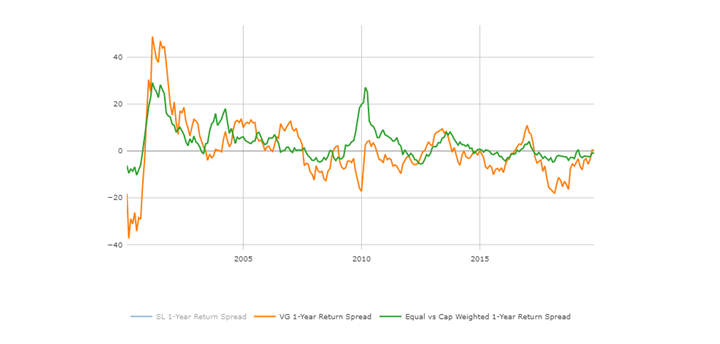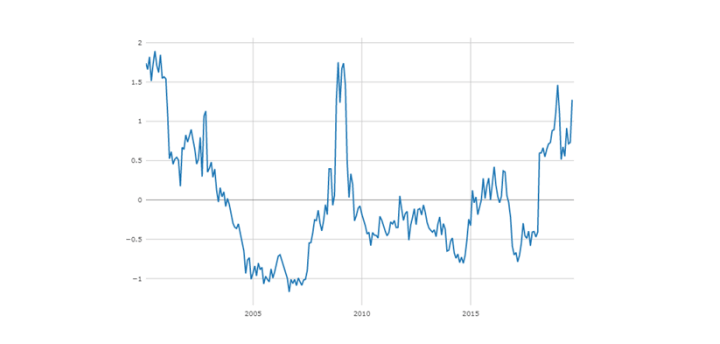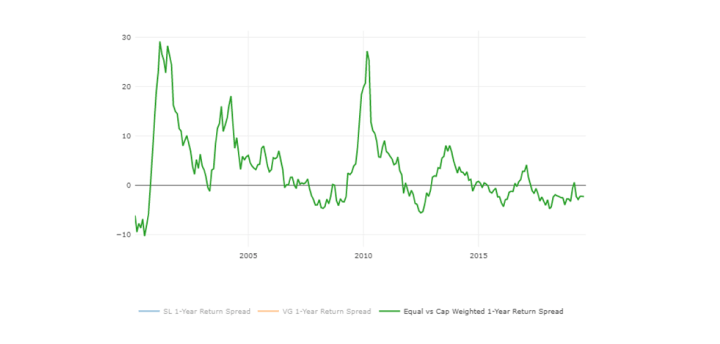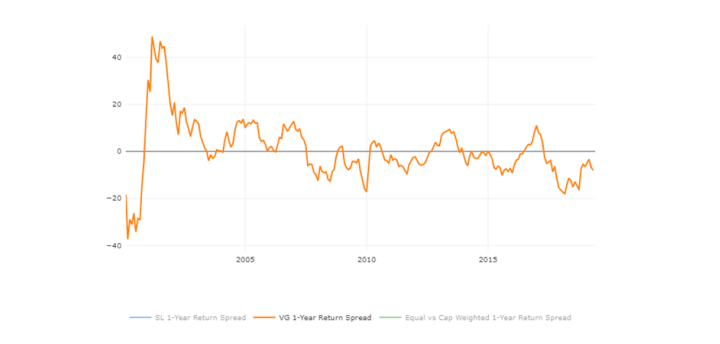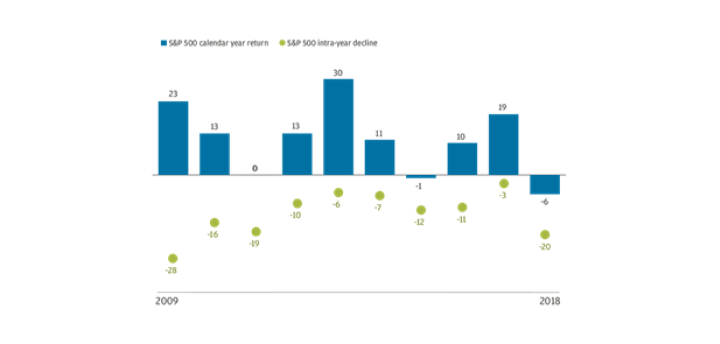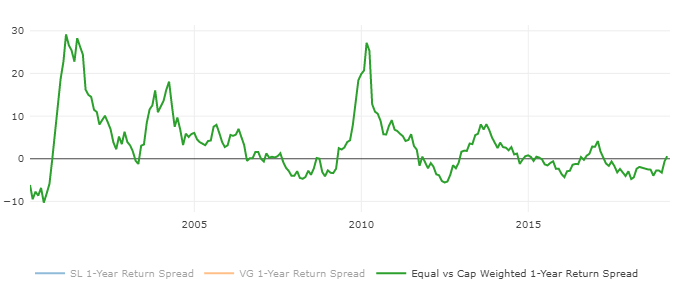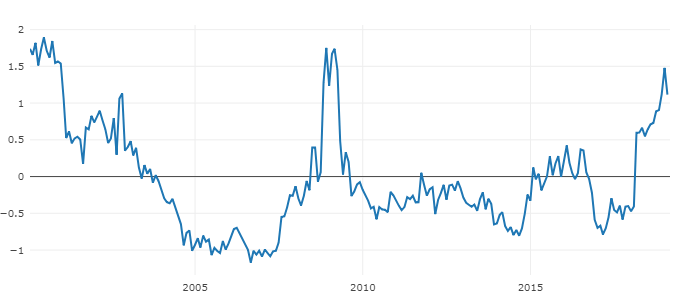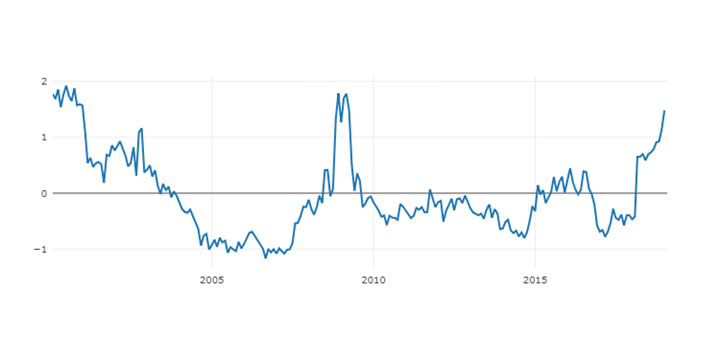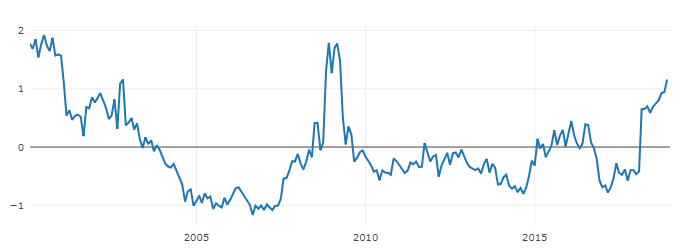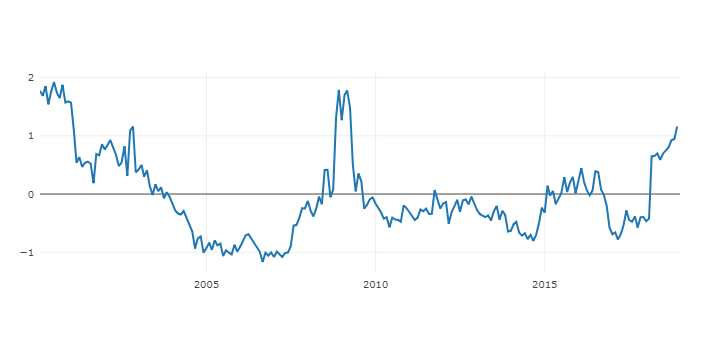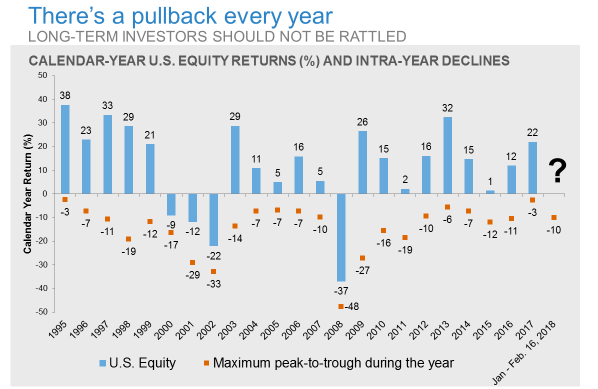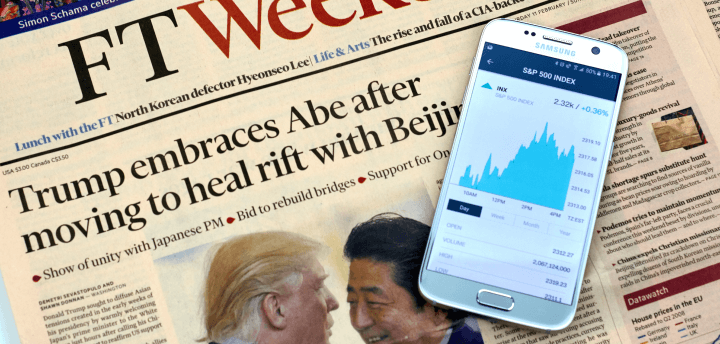Market Overview
We believe fundamentals drive long-term returns. Despite some ongoing worries about the pace of global growth, we think fundamentals are still supportive overall. Stay positive and keep a long-term perspective!
US Economics
While we can celebrate the longest US economic expansion in history, we cannot be cautious enough due to the inconsistency in the latest reports on industrial production, factory utilization, and export demand. The FOMC cut rates for the first time since 2008. Furthermore, the FOMC statement cast some doubt of whether a second cut is likely later this year. Either way, we think interest rate cuts are “insurance” against a slowdown in growth, rather than an actual response to one. The two main triggers of past US recessions: high inflation and private sector imbalances are non-existent at the moment. Job growth remains solid. Early July activity data points such as the Empire Manufacturing Survey and homebuilders’ sentiment exceeded expectations. Additional tariffs (if they materialize), while more damaging in the long-run, should not derail the economy in the intermediate term. So, most likely we will see the economy growing at 2% through the end of this year.
Global Economics
The global economy seemed to slow down in the first half of the year as the global manufacturing PMI fell to the lowest level since 2012 according to JP Morgan. However, US employment rebounded in June and the US and China each delivered strong manufacturing and retail sales gains. While consumers stay strong, businesses were spooked by the sentiment across the globe (thanks to the trade war). The second half of the year seems to demonstrate more divergence between businesses and households. The picture for households is brighter as they are benefiting from solid labor income and wealth gains, along with fiscal ease and a purchasing power lift from falling inflation. However, JP Morgan expects global job growth to cool in the coming months, moderating consumer goods spending gains to a still solid 3% pace. Defending against the risk of a larger negative behavioral response by firms or households is the prime motivation for central bank easing. Expectations of easing have already borne fruit in the form of rising asset prices and easier credit conditions. Central bank signals are set to translate into a wave of action as JP Morgan projects rate cuts from 17 central banks this quarter.
The State of the Stock Market
While we are still early in the process, the first readings on quarterly earnings from companies in our portfolios seem pretty encouraging. We saw 85% of the first reporters exceeding expectations. Meanwhile, across the market earnings are likely to show a further sequential deceleration in the second quarter. Sales growth is also likely to slow. We believe that one should not be extrapolating the present earnings weakness. Financials and Technology demonstrate very strong earnings – a great sign for the economy. Signet’s proprietary Macro Forecast still points to cyclical sectors like Financials, Technology, Communications, and Industrials to lead the way over the following 12 months.
Market consensus is that EPS momentum is likely to improve in the second half of the year. The labor market and credit market dataflow remain supportive of the continued expansion. The latest Philly Fed survey jumped to 1 year high. We think the scenario of 2015-2016 could repeat itself. EPS momentum decelerated strongly in the second half of 2015 and early in 2016, with most commentators then, same as now, expecting the downturn to continue. Instead, we saw a rebound in the second half of 2016. More accommodative Fed, depreciating USD and China easing policy propped the economies and the markets then, and the same is likely to be the case again.





